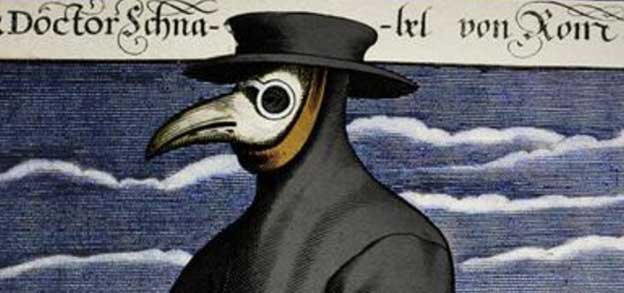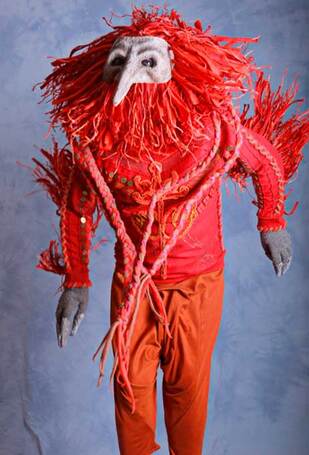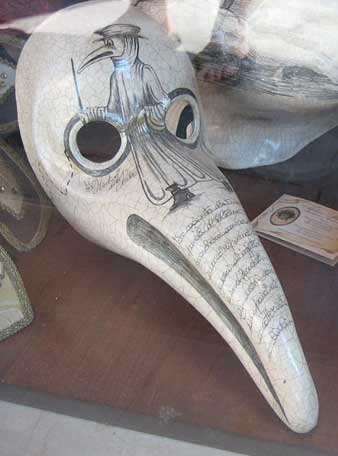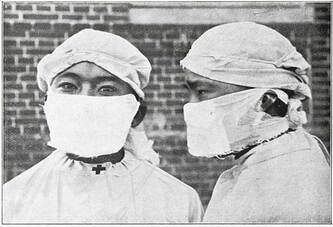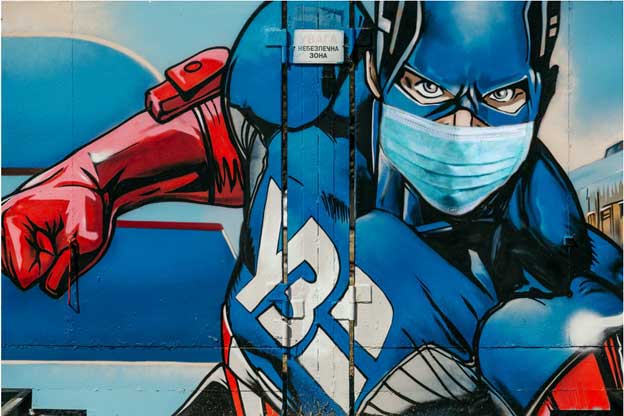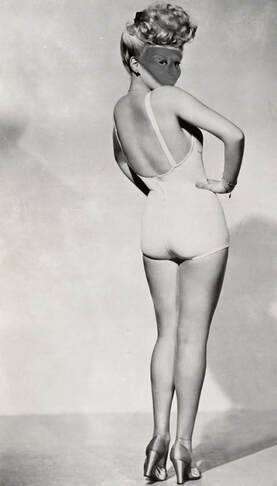|
Change.
A year ago, who would have thought face masks would be the norm? They’re irritating. They’re agitating, and a downright ROYAL pain. Depending on where you live, you’re in the minority if you don’t wear one when in close proximity to others. We have COVID to thank for that. Foggy glasses and dripping perspiration are the new norm. The upside: masks protect you from other’s “exorcist” breath and slobbery sneezes! They’re also a source of great inspiration in the art world. Face masks have been around for centuries. There’s been a love-hate relationship with them for just as long. Their usage includes protecting you from disease, concealing your identity, or amusing you in the form of decorative art, costume and fashion. Wearing one can bring you a sense of power or solidarity. It can make you feel as though you’re immune to whatever heinous disease is out there. Or it can make you feel like a peacock, as you strut down the street with your flamboyant creation. Whatever your reason for wearing one, let’s explore face masks, and how you can jump on the creative bandwagon. Medical face masks and staying safe (plus some history)
Of the early medical face masks, it was during the 17th century (up to approximately mid-18th century) that the beak mask became popular. Those that claimed to be doctors commonly wore these masks (i.e. pretty much anyone).
From the beginning, artists have drawn inspiration from the Roman plague doctor, Doctor Schnabel (A.K.A. Dr. Beak). They often depict his image in angst-evoking artwork ranging from copper prints to modern day theatrical costumes.
Probably the scariest thing about such a mask was how torturous it was to wear (think: human sauna). The mask consisted of a long beak, 2 tiny beak holes and thick glass eyes. Doctors wore a leather hat and coat for further protection.
Doctors stuffed the beak with aromatic scents ranging from cloves to roses. They considered the putrid smells (not bacteria) the cause versus the symptom of a disease. Although this isn’t when the term “quack” originated, it seems fitting (refer to Quackery). These masks and pseudo doctors did little more than round up the dead and dying, much like the Grim Reaper. As much as the Dr. Beak mask terrifies and provokes anxiety, it continues to inspire modern-day artists in the theatre, and is one of the most popular costumes during events like "Carnevale," or Carnival of Venice, Italy. As humans, we seem to love a good scare as long as it’s not prolonged, like the plague.
As well as protecting you against the plague, masks during the early 20th century were also used to conceal your identity for things other than crime. Can you guess how?
Identity-concealer face masks: They’re not just for criminals
It should come as no surprise that there's been a surge in armed robberies, as criminals use coronavirus face masks to hold up stores.
There’s an illusion that you’re not recognizable when you wear a mask. It’s almost like you get power much like in your favourite superhero comics. Put on a mask and cape and you’re unstoppable; you can say and do anything. Well, no. That’s not how things work — at least not in actual life.
Politics, fashion and face masks: Innovative statement making
For cultures that aren’t used to face masks, they’re cause for anxiety. It’s hard to hear what someone is saying when they wear one. If you are used to seeing people’s faces and reading their expressions, communication is now a greater challenge.
Plus, masks carry many negative connotations — from “You must be criminal.” to “You’re a disease carrier. Go home.” Masks bring out the xenophobes and the paranoid. Pre-COVID, many places banned the use of facial coverings in public, such as in Quebec, Canada (refer Quebec ban on face covering). It’s interesting that they are one of the hardest hit provinces (according to the COVID tracker). Perhaps it’s the resistance to face masks. Perhaps it’s a coincidence. From the flip side, if you wish to embrace your mask-wearing angst, now’s the time to get artsy. As noted in 30 fashion-forward face masks, it’s an opportunity to use your mask as a canvas. Use it as a point of inspiration to voice your personal style, and create in any art medium. Artistic masks, such as those found at Creative face masks, Pinterest, include those that are:
Your artistic mask may not protect against COVID, but it provides the opportunity for socio-political dialogue, such as climate change or human rights issues. As noted in The Mask: “…during the Hong Kong pro-democracy protests, face masks (and especially black face masks) were worn as both a political statement and as a tool for disguising identity from closed-circuit TV cameras.”
We have yet to determine whether these current masks bring about social change for a better world. At the very least, dialogue has begun. And that’s an important first step.
Faces masks: To wear or not to wear?
Despite all controversy and negative connotations with face masks, many great things have resulted from wearing them. Historically, have they slowed the spread of disease and saved lives, and continue to do so.
They help:
Regardless if you have something to say, or want to create “art for art’s sake”, grab a mask and some supplies. Start creating. If you need further inspiration, check out Masks around the world (YouTube 0:34).
|
Categories
All
|
Privacy policy
Copyright 2024 Patricia Pinsk

